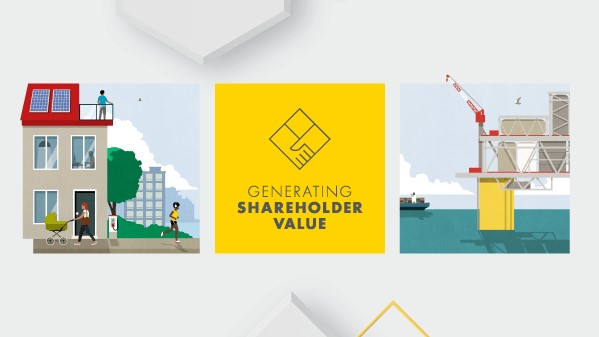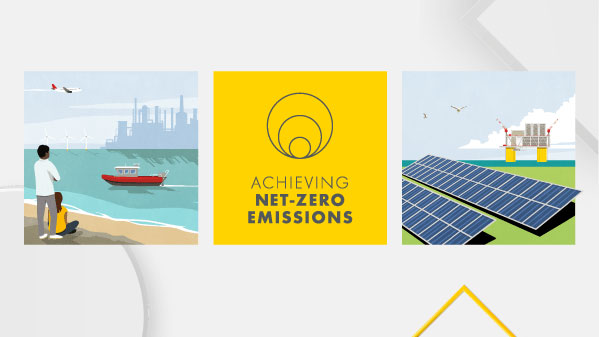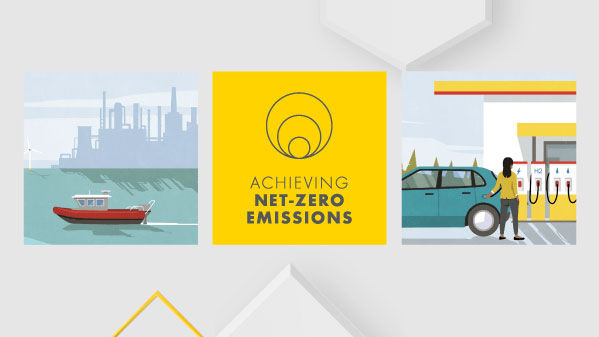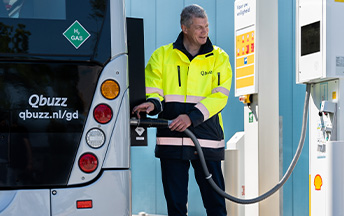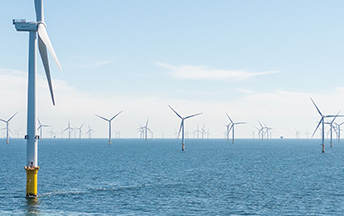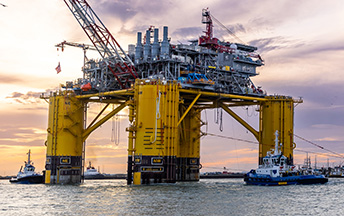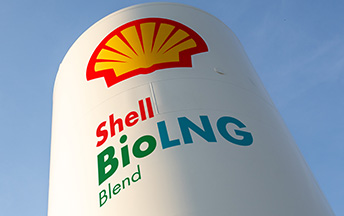Carbon performance at a glance
Our carbon targets for absolute Scope 1 and 2 emissions and net carbon intensity
In 2022, we continued to make progress towards our 2030 targets. By the end of 2022, we had reduced our Scope 1 and 2 emissions from our operations by 30%, compared with our 2016 reference year on a net basis. The net carbon intensity of the energy products we sell decreased by 3.8%, compared with our 2016 reference year. This reduction in net carbon intensity reflects an increase in sales of low- and zero-carbon energy, helping our customers to decarbonise their energy use.
Reducing Scope 1 and 2 emissions under our operational control
More than halfway towards our target to reduce Scope 1 and 2 emissions by 50% by 2030
Read more in Absolute emissions.

Scope 1 & 2 operational emissions [A]
(million tonnes CO2e)
Routine flaring [A] [C]
(million tonnes hydrocarbons flared)
Methane intensity [A] [C]
(%)
Reducing emissions associated with our customers’ use of energy products
Net carbon intensity reduction target achieved for two consecutive years.
Read more in Net carbon intensity.

Net carbon intensity [D]
(g CO2e/ MJ)
Estimated total GHG emissions included in NCI (net) [D] [F]
(million tonnes CO2e)
We believe our total absolute emissions peaked in 2018 at 1.73 gigatonnes of carbon dioxide equivalent (GtCO2e).
- [A]Operational control boundary.
- [B]Reference year.
- [C]Our target is to eliminate routine gas flaring from the upstream assets we operate and to have kept methane emissions intensity of Shell-operated assets under 0.2% by 2025.
- [D]Shell’s NCI is the average intensity, weighted by sales volume, of the energy products sold by Shell. Estimated total greenhouse gas (GHG) emissions included in NCI (net) correspond to well-to-wheel emissions associated with energy products sold by Shell, on an equity boundary, net of carbon credits. This includes the well-to-tank emissions associated with the manufacturing of energy products by others that are sold by Shell. Emissions associated with the manufacturing and use of non-energy products are excluded
- [E]2021 target 2-3% reduction, 2022 target 3-4% reduction, both achieved.
- [F]There was a decrease in 2020 from 2019 related to volumes associated with additional contracts being classified as held for trading purposes with effect from January 2020. We estimate that netting of oil products sales volumes resulted in a reduction in GHG emissions of 102 million tonnes CO2e.

